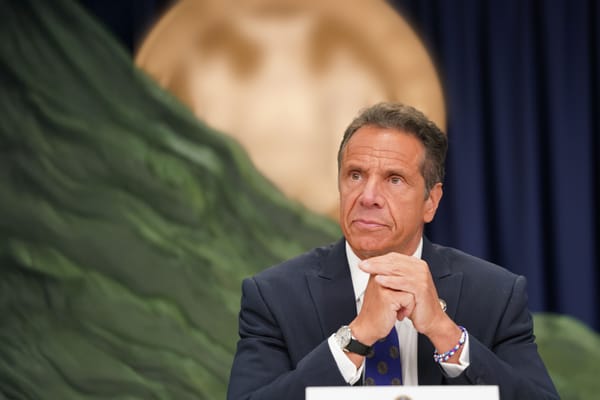Opinion: We Need Housing Guarantee for Brooklyn’s Working Families


In 1949, President Harry Truman signed the Housing Act to provide “a decent home and suitable living environment for every American family.” Now 70 years later, our country is in an affordable housing crisis and homeownership is at record lows. Access to housing is a human right and a quintessential part of the American Dream, and yet, for far too many Americans, rents are increasing at alarming rates and buying a home is completely out of reach.
Our community has been hit especially hard. According to a recent report, Brooklyn is one of the least affordable markets in the nation. The average rent is roughly 40 percent of the area’s median income, causing people who have built communities and lived in Kings County for decades to be priced out.
Further, there are serious racial disparities among Brooklyn’s homeowners. The Center for NYC Neighborhoods reported in 2017 more than half of Brooklyn’s homeowners were white, while rates for black homeowners continue to decrease year after year. Low homeownership rates for black and Hispanic families are indicative of the national racial wealth gap. In New York, black and Hispanic families are twice as likely as white families to have zero net worth.
I have no doubt, if I wasn’t lucky enough to live in a rent-stabilized unit in Crown Heights, I could not afford to live here.
For too long, the housing market has been distorted to the detriment of affordable homes and quality jobs. As I run for Congress, I am calling for a Homes Guarantee that would ensure that every family can live in safe, accessible, and permanently affordable housing.
There are five pillars to this plan:
First, the federal government must have a larger role in the housing market to create sustainable housing and defend against overspeculation. Specifically, we must invest in housing initiatives — like community land trusts, permanent supportive housing, senior housing, and a 21st-century Mitchell-Lama Housing Program — to build 12 million units nationwide. These kinds of housing can be provided below-market rates, operated by non-profits or residents. Further, HUD should have the authority to investigate speculators who distort the market and the ability to levy vacancy taxes on unoccupied residential units in densely populated communities.
Second, it is imperative that we recommit to public housing. Specifically, we must secure the $32 billion that Congress owes NYCHA and repeal the Faircloth Amendment so that we can fund construction plans for new units of public housing. Additionally, FEMA and HUD should be empowered to hold deplorable behavior accountable working with the state and city to bring NYCHA into compliance with federal housing quality standards like heating, electricity, vermin infestation, and mold within the decade. After all, residents of NYCHA do pay rent, and renters deserve to be protected and treated fairly.
Third, more must be done to protect renters and their rights. Specifically, this includes instituting a national tenant bill of rights; restricting evictions and guaranteeing the right to counsel for tenants facing eviction; and protecting tenants from predatory lenders and landlords. We have seen incredible progress in New York when it comes to tenants’ rights, and we must fight for those same protections nationally. On the national stage, the market has been largely focused on homeowners. Investment in more rental assistance programs would help balance the scales.
Fourth, the federal government should play a larger role in ensuring incomes are at pace with living costs. Federal investment should be made in programs to establish worker-owned small business cooperatives and training programs so that residents can take advantage of jobs created by the development of affordable housing and other infrastructure investments that benefit growing neighborhoods.
Fifth, the Homes Guarantee will address the systemic racism that has led to segregated housing and schools. In the short term, the government can fund housing vouchers (Section 8) designed to be used in high-opportunity neighborhoods. We must empower communities that have historically been shut out of homeownership by creating long-term solutions such as a Community Opportunity to Purchase (COPA) to help people achieve home ownership at the lowest possible cost and give residents control of how the building is operated and scaling lending initiatives like Washington, D.C.’s Tenant Purchase Assistance Program, which helps people purchase shares in cooperatives and gives tenants the opportunity to buy their building when a landlord decides to sell. To help keep people in the neighborhoods they’ve built, financial requirements should be reduced for low and moderate-income households in formerly redlined neighborhoods.
Our country’s future depends on housing for all. We need bold, systemic change to deliver the affordable housing and pathways to homeownership that Americans need.




